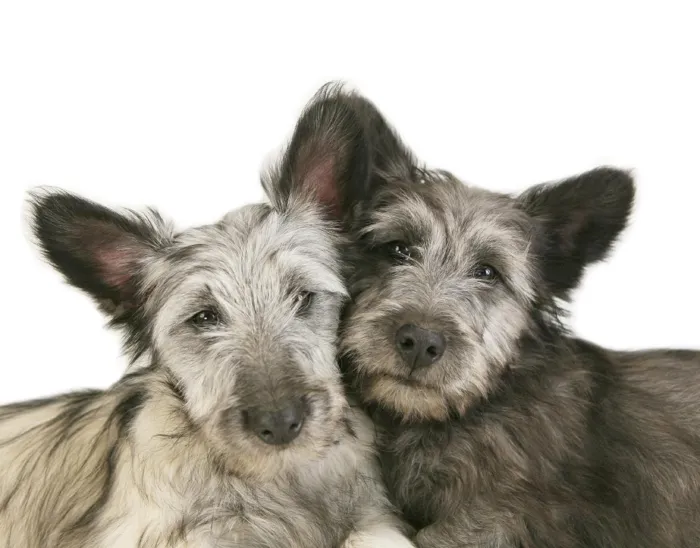Skye Terrier

“The heavenly breed with the heart of a lion,” the long, low, and level Skye Terrier is among the AKC’s most distinctive-looking breeds. This elegant but sturdy aristocrat was bred as an exterminator on Scotland’s remote Isle of Skye.

Ask About Skye Terrier ?
Breed Traits
Group
Terrier
About
History
Standard
Nutrition
Grooming
Exercise
Training
Health
General Appearance
The Skye Terrier is a dog of style, elegance and dignity: agile and strong with sturdy bone and hard muscle. Long, low and level-he is twice as long as he is high-he is covered with a profuse coat that falls straight down either side of the body over oval-shaped ribs. The hair well feathered on the head veils forehead and eyes to serve as protection from brush and briar as well as amid serious encounters with other animals. He stands with head high and long tail hanging and moves with a seemingly effortless gait. He is strong in body, quarter and jaw.
Size, Proportion, Substance
Head
Neck, Topline, Body
Forequarters
Hindquarters
Coat
Color
Gait
Temperament
Disqualifications
All pets have found there homes! Sign up to be notified when new pets are added so you don't miss out.


